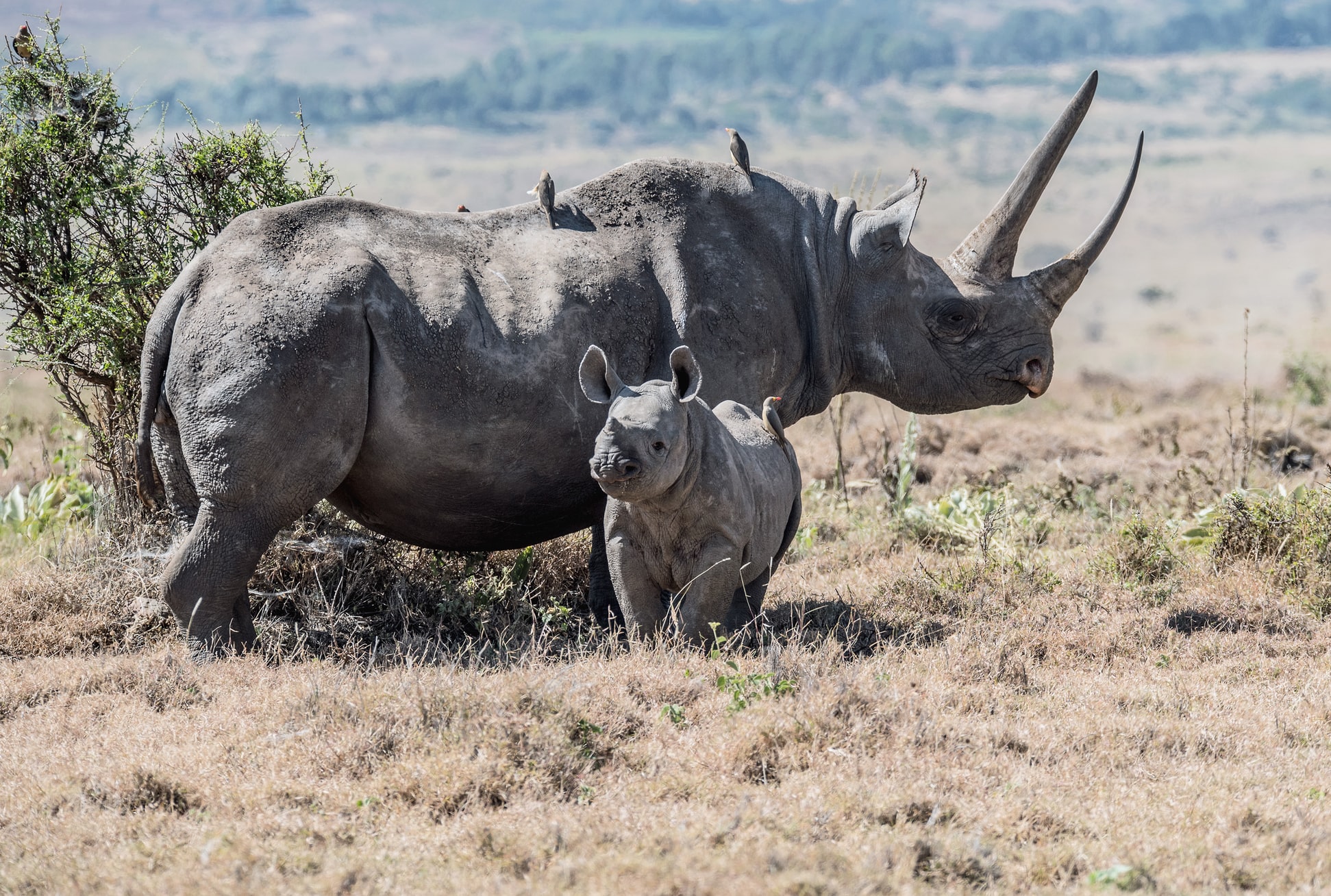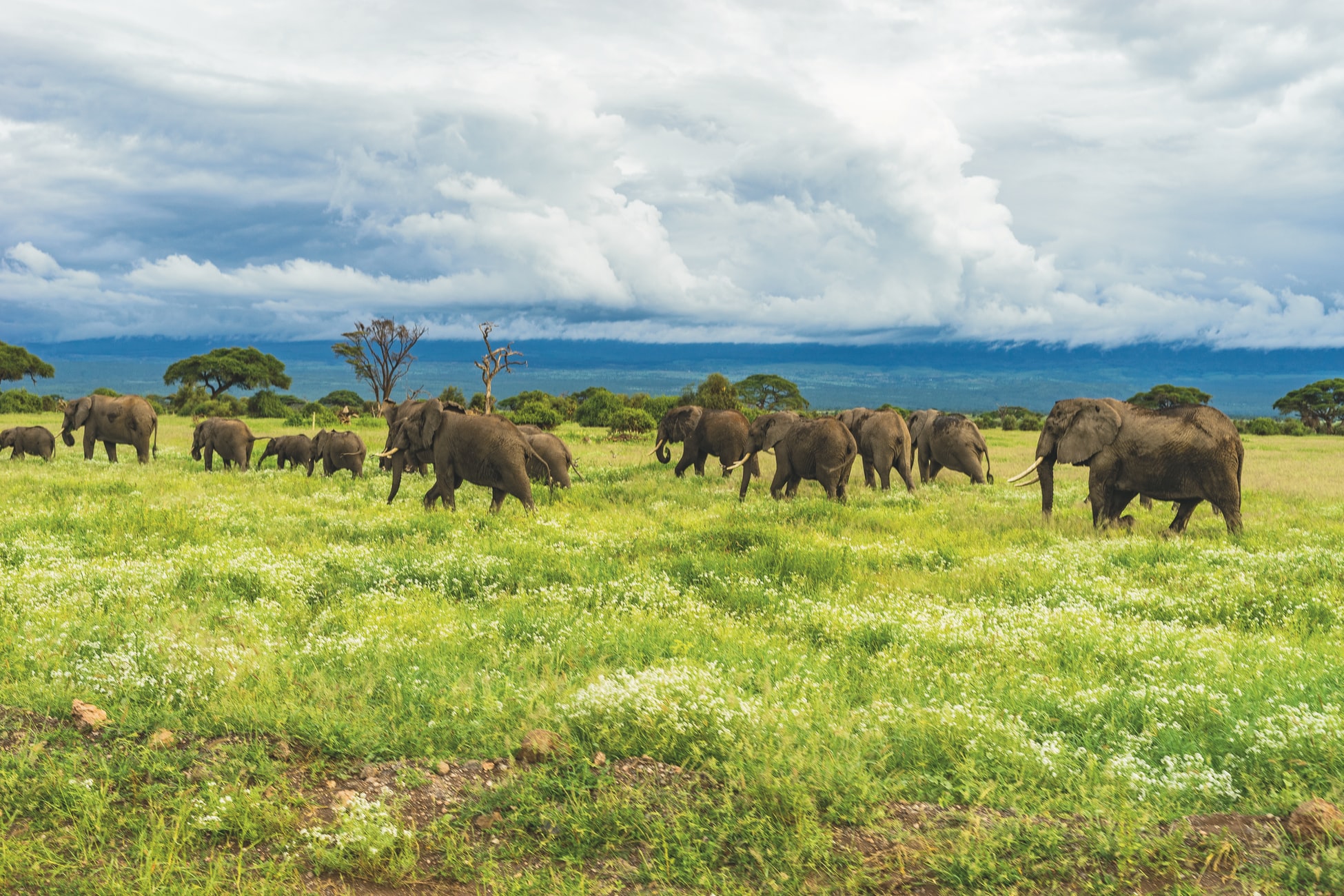
- Inspiring People -
- 3mins -
- 224 views
Rhino population in Tanzania up 1,000% say government after crackdown on poaching
Endangered rhino and elephant numbers on the rise after crackdown on poaching, says Tanzania, however experts suspect animals may have been imported or migrated from neighbouring countries.
Rhino and elephant numbers up in Tanzania, claim officials, but not without controversy
The number of endangered black rhinos in Tanzania has risen after a crackdown on gangs guilty of industrial-scale poaching, the country’s officials have claimed.
And elephant populations have also gone up, thanks to a blitz on illegal ivory hunters, the president’s office said.
But watchdog figures suggested the increase was less dramatic than claimed, and British wildlife experts expressed doubts, suggesting any rises were down to factors other than breeding as both species reproduce very slowly.
Tanzania, which has been described as “ground zero” of the poaching crisis, had 133 rhinos four years ago, according to a document on the website of the Convention on International Trade in Endangered Species (Cites).
However, last week the president’s office said in a statement that the 2015 figure was just 15, and that now the country had 167 rhinos.
It was not immediately possible to explain the discrepancy between the estimates from Tanzania’s government and Cites, the group that aims to ensure trade in animals and plants does not threaten their survival.
The Tanzanian presidency did not respond to calls seeking comment.
President John Magufuli spoke out against wildlife crime when he took office in 2015, urging security forces to arrest all those involved trafficking.
Source: Independent.co.uk

Some experts suspect animals were imported or “moved in”
Mark Jones, head of policy at wildlife charity the Born Free Foundation, said both rhinos and elephants breed slowly so attributed any population increases to other factors — reported the Independent.
“This sounds like very good news but we should view these figures with caution until there’s independent verification – there’s no way that has occurred through breeding and protection alone,” he said.
Rhinos could have been imported, he believes. “They mature late, have long gestation periods and don’t produce many young. Both species take a long time biologically to reproduce.
“Elephants are intelligent – they move across national borders to where they are safer, so if there’s been a clampdown on poaching in Tanzania, it may be that some have moved in.”
It’s estimated there are just 415,000 elephants across Africa, down from 10m 90 years ago… TEN MILLION!
Demand for ivory has mostly come from China and Vietnam, where it is turned into jewels and ornaments. Research has found some buyers believed tusks and horns grew back.
However, last year trade in ivory in China became illegal, leading to a decline in poaching and pushing down ivory prices. But Japan, the EU and Hong Kong among others still allow ivory trading.
Source: Independent.co.uk


